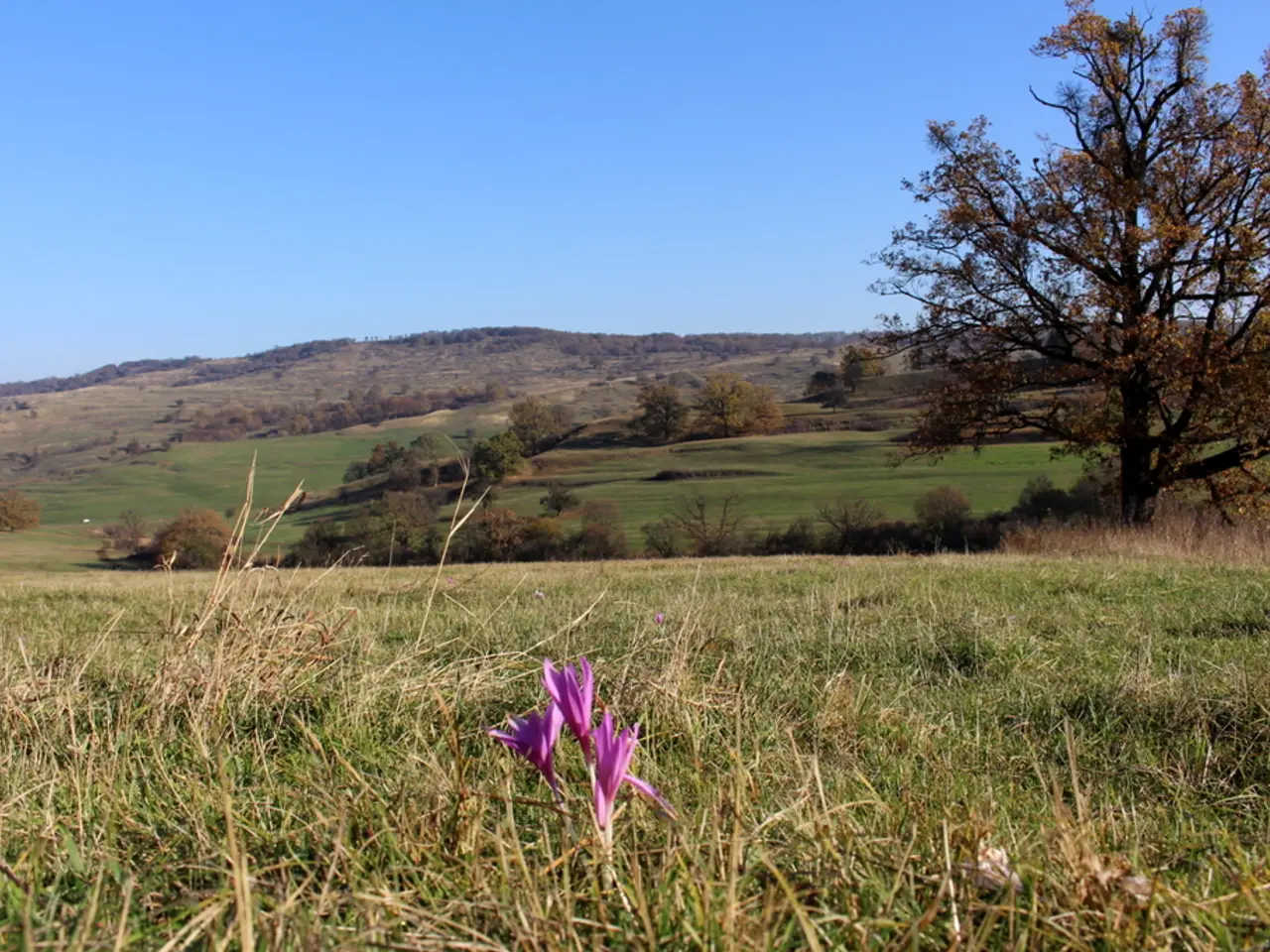Top 10 Hardy Plants That Thrive When Sown in Autumn
==================================================
Autumn is the perfect time to embark on a gardening adventure, as many perennials thrive when planted during this season. The cooler temperatures and increased moisture provide optimal conditions for root establishment, enabling these plants to develop strong systems over the winter and flourish in the spring and summer.
One of the first perennials to consider for fall planting is the Crown Imperial. To ensure a successful growth, plant these bulbs as early as possible in the autumn, using large bulbs that measure at least 8-10 cm (3-4 inches) in diameter.
Another popular choice is the Parrot Tulip, which blooms spectacularly in the spring following its mid to late fall planting.
Hellebores are another great option, preferring well-drained soil in a spot that receives partial shade and is protected from harsh winds.
Shasta Daisies should be spaced about 1 to 2 feet apart to allow for adequate air circulation and to reduce the risk of fungal diseases. When planting, ensure the crown is at soil level.
Coral Bells thrive in well-drained soil and are not heavy feeders, requiring only a balanced, slow-release fertilizer applied in early spring.
Mini Daffodils are compact perennials with bright yellow flowers that bloom in early spring. They grow best in fall because of the cooler temperatures and moist soil conditions.
For a vibrant display of colour in the autumn, consider planting garden mums and bluebeard (blue mist) in late summer to early fall. These plants benefit from the cooler temperatures and moisture of fall, enabling better root growth before winter dormancy.
Black-Eyed Susans bloom from mid-summer to fall and are planted in early to mid-fall for a head start in the next growing season. They benefit from a slow-release, balanced fertilizer during planting.
Russian Sage prefers well-drained soil with full sun exposure and is planted in early to mid-fall. While it requires minimal watering once established, it needs regular moisture during initial planting.
Coneflowers, or Echinacea, are a perennial with daisy-like flowers and prominent central cones. They benefit from fall planting due to the cooler fall weather and consistent moisture.
Schubertii Allium benefits from mulch around the bulbs to retain moisture and protect them from extreme cold, and is planted in early to mid-fall for strong root establishment before winter.
Caryopteris blooms late summer to early fall, ideal for USDA zones 5-9, and attracts pollinators. Salvia is adaptable to USDA zones 7 and warmer, and can be planted in late summer or early fall to establish roots before cold weather. Dusty Miller is hardy in zones 7-10, possibly surviving colder zones with winter protection. Nemesia blooms spring to fall, prefers well-drained soil and damp conditions. Hydrangea blooms early to midsummer but tolerates winter freeze, making it a good choice for fall planting to establish roots. Balloon Flower thrives in full sun to partial shade, with unique balloon-shaped buds.
In conclusion, fall planting offers several benefits, including a longer period of favorable weather for root establishment, easier weed control because weeds are dormant, and typically more rain, which reduces maintenance. By choosing the right perennials and following best practices, you can create a beautiful, thriving garden that will bring joy for years to come.
Incorporating perennials into your home-and-garden during autumn offers several advantages, as the cooler temperatures and increased moisture provide an ideal environment for root growth, establishing strong systems for winter and ensuring blooms in the spring and summer. For instance, the Crown Imperial, Parrot Tulip, Hellebores, Shasta Daisies, Coral Bells, Mini Daffodils, garden mums, bluebeard (blue mist), Black-Eyed Susans, Coneflowers, Schubertii Allium, Caryopteris, Salvia, Dusty Miller, Nemesia, Hydrangea, and Balloon Flower are all exceptional choices for autumn planting, contributing to a lively and vibrant lifestyle.




